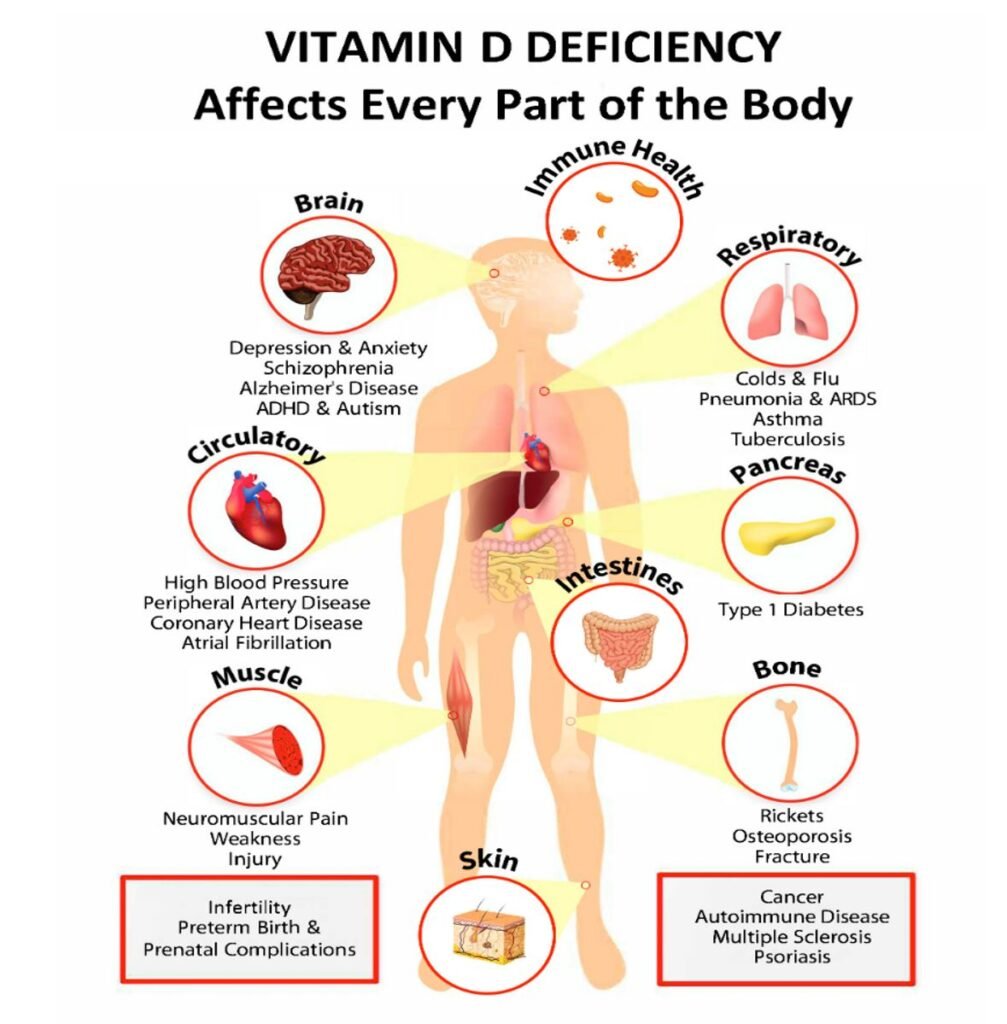Influenza A (甲型流感)
Influenza A, also known as H1N1, is a respiratory infection caused by the influenza A virus. It first caused a global pandemic in 2009 and was referred to as “H1N1 influenza” by the World Health Organization (WHO). The H1N1 influenza virus belongs to the A type of influenza virus and is distinct from seasonal influenza viruses. It is a novel virus that emerged through the recombination of genetic segments from swine, avian, and human influenza viruses. When the virus was initially discovered, it gained worldwide attention because humans had little to no immunity against it, and the virus exhibited some degree of human-to-human transmission.
Generally, mild cases tend to improve in around 7 days, while severe cases may take two weeks to a month to fully recover. Factors such as individual constitution, treatment methods, and the severity of the illness can affect the recovery time. Prevention measures include getting vaccinated against the flu and maintaining good personal hygiene, such as frequent handwashing and avoiding contact with infected individuals. Antiviral medications are most effective when used within 48 hours of symptom onset.

What are the common symptoms?
The common symptoms of Influenza A (“甲型流感”) include fever, cough, runny nose, shortness of breath, and muscle aches. Fever is the most prevalent symptom, present in 99% of cases, followed by cough (99%), runny nose (77%), shortness of breath (29%), and muscle aches (26%). In some cases, especially in children, neurological symptoms such as seizures and vomiting may also occur. The recovery period for Influenza A is typically 5-7 days for most individuals, but the severity of the illness and individual health conditions can influence the recovery time
How Does Influenza A Get Transmitted?
The Influenza A virus is primarily transmitted through respiratory droplets when an infected person coughs, sneezes, or talks. It can also be spread by touching surfaces or objects contaminated with the virus and then touching the face, especially the mouth, nose, or eyes. The virus can infect a wide range of animals, including wild birds, domestic poultry, pigs, and humans, and has the potential to cause widespread outbreaks. While there have been reports of human infections with variant strains of the Influenza A virus, there is currently no evidence of sustained human-to-human transmission of these variants.
Who Get Affected Most?
H1N1 flu, or influenza A, can affect individuals of all ages. However, certain age groups may be more susceptible to severe illness or complications from the virus. Here are some general observations:
- Children: Children, especially those younger than 5 years old, are more prone to H1N1 flu infection. They often have weaker immune systems and are more likely to have close contact with infected individuals in settings such as schools and daycare centers. Additionally, infants and young children may have a higher risk of developing complications such as pneumonia or dehydration.
- Young Adults: During the 2009 H1N1 pandemic, young adults (typically between the ages of 18 and 49) were disproportionately affected by the virus compared to other age groups. This was attributed to the fact that they had little to no pre-existing immunity to the H1N1 strain, which differed from seasonal influenza strains.
- Older Adults: While older adults have a higher risk of severe illness and complications from seasonal flu, they were somewhat less susceptible to the 2009 H1N1 strain. It is believed that older individuals may have had some pre-existing immunity due to exposure to similar strains in the past. However, older adults with underlying health conditions or weakened immune systems remain at increased risk for severe illness if infected with H1N1 flu.
What are the long-term effects of “Influenza A”?
The long-term effects of “甲型流感” (Influenza A) have been the subject of research. Some studies have focused on the impact of the Influenza A virus on the nervous system in humans and experimental animals, aiming to gain a comprehensive understanding of the neurological complications caused by the virus. Additionally, there have been reports of cases where Influenza A (H1N1) virus-induced long-term remission in refractory acute myeloid leukemia (AML) patients. However, specific long-term effects and complications of Influenza A may vary among individuals and require further research for a comprehensive understanding.
What are the short-term effects of”Influenza A”?
The short-term effects of “Influenza A” typically include symptoms such as fever, cough, runny nose, sore throat, muscle aches, headache, and fatigue. The duration of the illness can vary, but the general course of treatment is around 5-7 days. Severe cases may require hospitalization and can lead to complications. Additionally, Influenza A has been associated with neurological complications in both humans and experimental animals. The virus has been studied for its impact on the nervous system and its potential to cause systemic neurological diseases. Furthermore, traditional Chinese medicine, such
What are the treatments?
The common methods of treatment for H1N1 flu, or influenza A, typically involve supportive care to alleviate symptoms and help the body recover. Here are some common approaches:
- Antiviral Medications: Prescription antiviral drugs can be used to treat H1N1 flu. These medications, such as oseltamivir (Tamiflu) and zanamivir (Relenza), work by inhibiting the replication of the influenza virus. Antivirals are most effective when taken within 48 hours of symptom onset, and they can help shorten the duration of illness and reduce the severity of symptoms. It’s important to consult a healthcare professional for proper diagnosis and prescription.
- Rest and Fluids: Adequate rest is essential for allowing the body to fight off the infection. Getting plenty of sleep and staying hydrated by drinking fluids (such as water, herbal tea, and electrolyte solutions) can help maintain hydration and relieve symptoms like fever and sore throat.
- Fever Reducers: Over-the-counter medications like acetaminophen (Tylenol) and ibuprofen can be used to reduce fever, alleviate body aches, and relieve discomfort. As always, follow the recommended dosage instructions and consult a healthcare professional if you have any concerns or underlying health conditions.
- Symptom Relief: To ease congestion, saline nasal sprays or rinses can be used to help clear nasal passages. Gargling with warm saltwater may provide relief for a sore throat. Over-the-counter cough suppressants or expectorants can be considered for cough relief, but it’s important to choose products appropriate for your symptoms and consult a healthcare professional if necessary.
- Monitoring and Complication Management: It’s crucial to monitor symptoms closely, especially for individuals at higher risk of complications. Seek medical attention if symptoms worsen or if you experience difficulty breathing, persistent chest pain, severe dehydration, or other concerning symptoms. Complications like pneumonia may require additional medical interventions, such as antibiotics.
What is the difference between Influenza A (“甲型流感”) and other Viruses?
The preventive measures for “Influenza A” include the following:
- Vaccination: Getting vaccinated against the flu is a key preventive measure. Annual flu vaccines are recommended to protect against the most common strains of influenza viruses.
- Personal Hygiene: Practicing good personal hygiene, such as frequent handwashing with soap and water, using hand sanitizer, and covering the mouth and nose when coughing or sneezing, can help prevent the spread of the virus.
- Avoidance of Infected Individuals: Minimizing close contact with individuals who are infected with influenza can reduce the risk of transmission.
- Antiviral Medications: In some cases, antiviral medications may be used as a preventive measure, especially for individuals who have been in close contact with someone diagnosed with influenza.
- Traditional Chinese Medicine: Some studies have explored the use of traditional Chinese medicine, such as Bupleurum, in the treatment of Influenza A. However, the effectiveness of these treatments may vary and should be used under medical supervision.
More Reading
甲型流感有何特点?重点人群如何预防?——医学专家解答甲型流感防治热点问题-新华网 (news.cn)
Written by CHARM-retirement.com
Feb-2024
Written by CHARM-retirement.com
This post may contain affiliate links, meaning I get a commission if you decide to purchase through my links, at no cost to you.
































